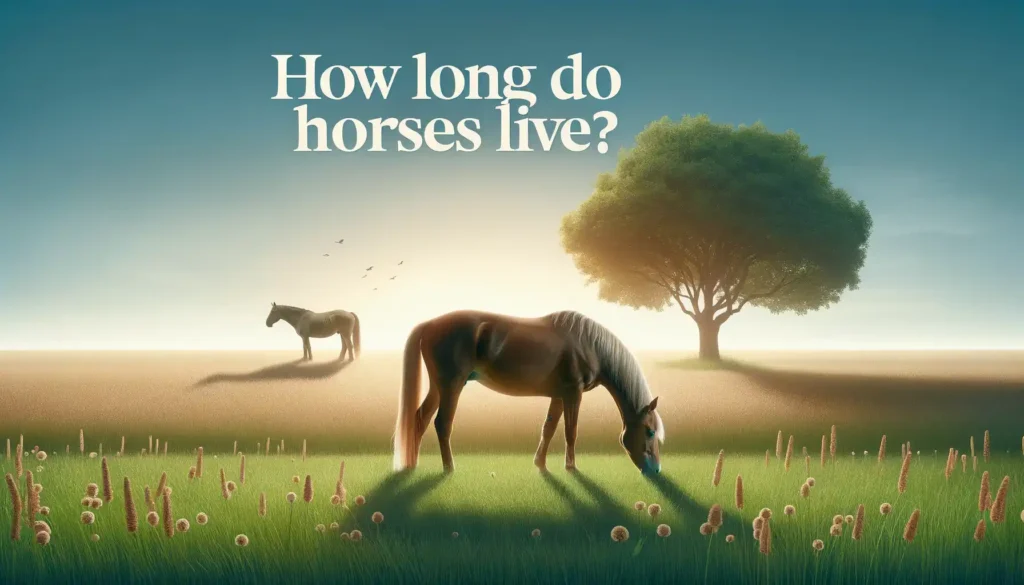The pit bull is one of the most controversial yet beloved dog breeds. Known for their muscular build, loyalty, and energetic spirit, pit bulls make devoted companions when properly trained and cared for.
But how long can you expect your pitbull’s companionship to last? The average lifespan of a pitbull is 12-15 years, though some have been known to live into their late teens and even early 20s.
In this blog post, we’ll dive into the factors that influence a pitbull’s longevity, from genetics and diet to exercise and veterinary care. We’ll also spotlight inspirational stories of remarkably long-living pitbulls.
And we’ll provide tips on best practices that can extend your pitbull’s precious years by your side. Read on for a comprehensive look at the average and potential lifespan of this resilient breed.
Skip To Topic
The average lifespan of pitbulls

The average lifespan for a healthy pitbull is 12-15 years. However, with diligent care, some live even longer – in their late teens or early 20s. Genetics and bloodlines play a key role, as some pitbulls are hardier with good longevity genes.
However lifestyle factors like diet, exercise, and veterinary care also greatly impact the length of life. Preventing obesity, feeding a nutritious diet, ensuring vigorous daily activity, and maintaining up-to-date vet care can help your pitbull beat the odds.
While the average reflects their risk for certain genetic conditions, proper care from a committed owner can add several precious years to a pitbull’s time with your family.
Factors Impacting a Pitbull’s Lifespan
A pitbull’s longevity is influenced by several key factors. Understanding these can help owners make smart choices to extend their dog’s life.
Genetics and Family History: A pitbull’s genes play a major role, as some bloodlines are genetically prone to certain health conditions and a shorter lifespan. Reputable breeders focus on lines known for longevity.
Obesity and Its Risks: Obesity is common in pitbulls and linked to many health problems. Maintaining an ideal weight with diet and exercise is crucial to avoid obesity-related diseases.
Importance of Exercise: Pitbulls need rigorous daily exercise to prevent obesity and release pent-up energy. Keeping a pitbull active and fit adds years to its life.
The Role of Diet in Health: A balanced, high-quality diet supports good health and appropriate growth. Homemade or raw diets must be carefully formulated to avoid nutritional deficits.
Regular Vet Visits: Annual exams allow early detection of issues like heart disease. Preventative care like vaccines also helps pitbulls live longer, healthier lives.
Paying attention to these key factors allows pitbull owners to make smart choices that have been proven to extend the lifespan of the breed. With proper care, genetics don’t have to be destiny when it comes to living a long life.
Diving Deep into Pitbull Breeds
American Staffordshire Terrier: This breed has an average lifespan of 12 to 16 years. With their stocky build but shorter muzzle than other pitbull breeds, AmStaffs tend to live on the longer end of the pitbull spectrum.
Staffordshire Bull Terrier: Very similar to the AmStaff, this breed also averages a lifespan of 12 to 16 years. Their smaller size compared to other pitbull types contributes to the Staffy’s longevity.
Other Pitbull Breed Average Lifespans

This table showcases the range of life expectancies for different breeds that fall under the pitbull label. The Staffordshire-derived breeds tend to live the longest, while bully breeds have slightly shorter average lifespans. But care and lifestyle remain big factors in determining any individual pitbull’s longevity.
Pitbull Breed Average Lifespans
| Breed | Avg. Lifespan |
|---|---|
| American Staffordshire Terrier | 12-16 years |
| Staffordshire Bull Terrier | 12-16 years |
| American Pit Bull Terrier | 12-15 years |
| American Bully | 10-15 years |
| American Bulldog | 10-15 years |
| Staffordshire Terrier | 12-14 years |
Common Health Issues in Pitbulls
While pitbulls are generally a hearty, healthy breed, they are prone to certain health conditions that responsible owners should be aware of. Some of the most common health issues include:
Hip Dysplasia: This inherited condition causes instability in the hip joint, leading to pain, lameness, and arthritis. Signs include decreased activity, trouble standing up, and limping.,
Skin Infections: Pitbulls’ short, fine coats make them prone to bacterial and fungal skin infections. Symptoms include itching, redness, scabbing, and hair loss.
Cataracts: Clouding in the lens of the eye is common in older pitbulls. It can cause vision impairment and eventual blindness. Signs are cloudy or bluish discoloration in the eyes.
Knee Issues: With their muscular build, pitbulls are prone to several types of knee problems like luxating patellas and ACL tears. Symptoms are limping and hind limb lameness.
Hypothyroidism: This endocrine disorder is common in pitbulls. Low thyroid hormone causes lethargy, weight gain, and hair loss. Annual screening tests can detect it early.
Knowing the most common health issues for the breed allows owners to monitor their pitbull for early signs and seek veterinary care promptly when necessary. With diligent care, many pitbulls can live a long healthy life despite genetic predispositions.
Best Practices for a Longer Pitbull Lifespan

While the average pitbull lifespan is 12-15 years, there are steps owners can take to help their dogs beat the odds and live longer. Some recommended best practices include:
Maintaining a Healthy Weight: Preventing obesity by regulating food portions and weighing regularly helps avoid related illnesses. Discuss an ideal weight range with your vet.
Providing a Nutritious Diet: Feed a high-quality commercial or balanced homemade diet. Avoid excess fats and sugars. Include omega fatty acids for skin and coat health.
Ensuring Regular Exercise: Pitbulls need at least 60 minutes of vigorous exercise daily to stay fit and prevent destructive behavior. Take long walks, play fetch, or try agility training.
Regular Vet Check-Ups: Get annual exams and bloodwork for early disease detection. Keep up with preventative care like dental cleanings, heartworm tests, and vaccines.
Showering with Love and Care: While proper nutrition and vet care are key, don’t underestimate the power of human bonding. Shower your pitbull with affection and mental stimulation.
Following these best practices diligently from puppyhood into senior years gives your pitbull the best shot at beating the lifespan odds and living a long, fulfilled life with you. With proper care, your pitbull could be by your side 2-4 years longer than average.
Sum Up
While the average pitbull lifespan is 12-15 years, proper care and attention to health can add several precious years to your pup.
Providing nutritious meals, maintaining an ideal weight, ensuring vigorous exercise, and visiting the vet annually enable early disease detection and prevention.
With diligent care in all aspects of their lives, many pitbulls beat the odds by reaching 17, 18, or even 20+ years. For the reward of their loyal companionship and affection, pitbulls deserve the best care we can give them.
By adopting from shelters and being responsible pet owners, we all play a role in making sure these remarkable dogs fulfill their impressive longevity potential.



